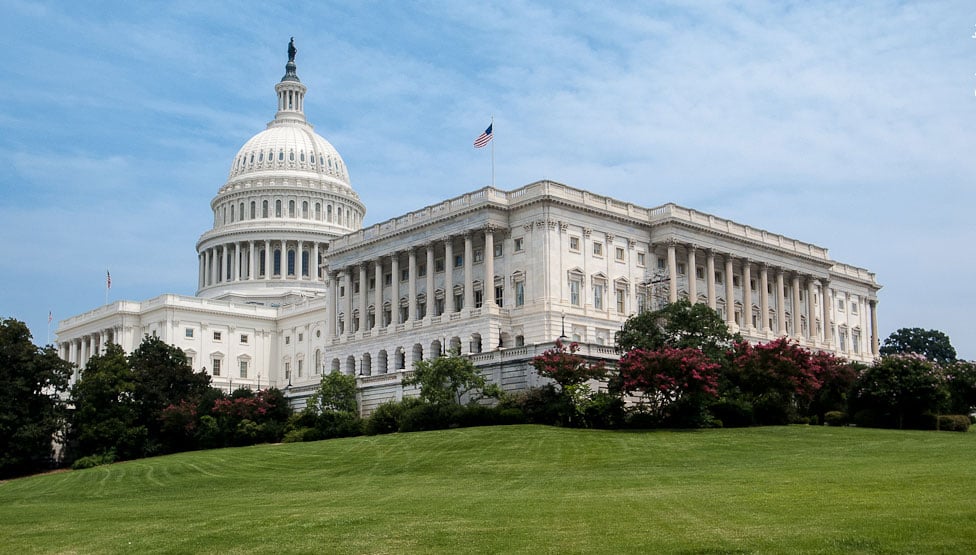What happened—or didn’t—after the last Year of the Woman (in 1992)?
Women got to wear pantsuits . . .
After Maryland’s Barbara Mikulski led the “Pantsuit Rebellion of 1993” by urging colleagues to wear trousers one day on the notoriously stuffy Senate floor, dresses and skirts were no longer required. Pants became acceptable in the House about five years later.
. . . but fully modernizing the dress code took another 20 years.
Until 2017, sleeveless dresses and open-toed shoes were strictly forbidden on the House floor. After a revolt that summer, then-speaker Paul Ryan finally gave women the right to bare arms (and toes).
Women got a (bath)room of their own . . .
A two-stall ladies’ loo opened outside Senate chambers in 1993, meaning female lawmakers could quit queuing up at public restrooms during votes. It took until 2011 for them to secure a four-stall lounge off the House floor.
. . . but there’s a double standard.
The restrooms are members-only—closed to female staffers.
Congress addressed sexual harassment by its members . . .
In the wake of Anita Hill’s 1991 testimony, lawmakers passed the Congressional Accountability Act of 1995—extending civil-rights laws to Congress and effectively barring gender discrimination and sexual harassment.
. . . but the reforms actually made it harder to get justice.
Victims had to endure months of mediation with their alleged harassers before a lawsuit could be filed—a cumbersome process that proved intimidating for victims and discouraged some from coming forward. A #MeToo-inspired reform bill that was enacted just before the shutdown now makes mediation voluntary.
Congress has gotten kinder to mothers . . .
As of 2006, women who need to pump or nurse can do it privately—there are now 51 lactation rooms across the Hill. Diaper-changing tables unfold in 170 bathrooms. And last year, after Tammy Duckworth became the first senator to give birth while in office, the Senate changed its rules to allow babies in its chambers.
. . . but bringing baby to work can still be a practical challenge.
In the House, kids of all ages are allowed (and you see plenty of them in the summer). The Senate strictly bars kids older than one from accompanying Mom or Dad to a vote.
Women officially got access to male-only spaces . . .
Such as the congressional basketball team, which former California congresswoman Lynn Woolsey joined in 1993. Also the members’ pool, where male lawmakers liked to swim in the nude but for which former North Carolina senator Kay Hagan secured rule changes in 2009.
. . . but unofficially, women are still the second sex around certain parts of the Hill.
Such as in the elevators. Twenty-five years after an attendant tried to stop an African-American congresswoman from riding a members-only lift, Alexandria Ocasio-Cortez—one of New York’s new members—tweeted during freshmen orientation that she was regularly directed to intern and spouse events.
This article appears in the February 2019 issue of Washingtonian.


















